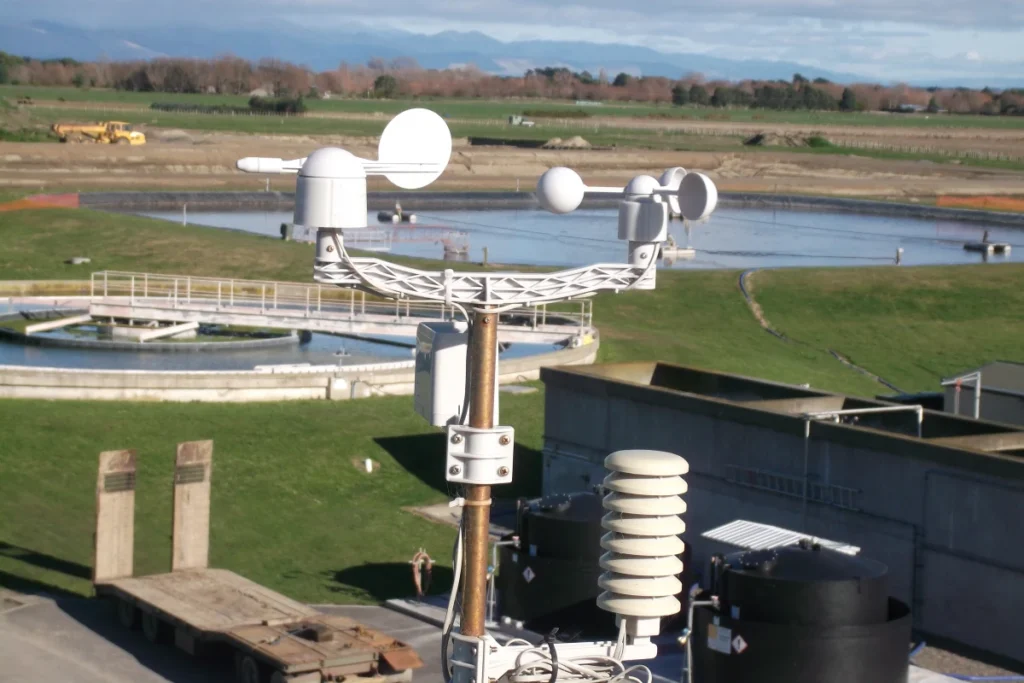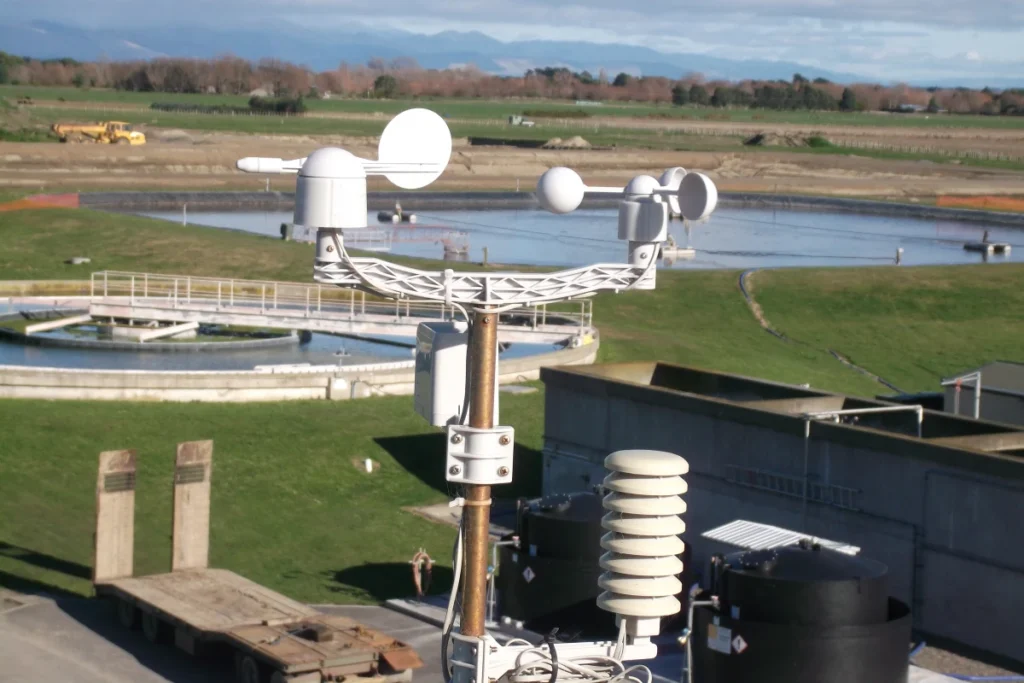
# Anemometer Definition and Its Applications in Meteorology
## What is an Anemometer?
An anemometer is a device used to measure the speed of wind, and it is one of the most essential tools in meteorology. The term “anemometer” is derived from the Greek word “anemos,” meaning wind, and “metron,” meaning measure. This instrument is crucial for understanding weather patterns, predicting storms, and ensuring safety in various industries.
## Types of Anemometers
There are several types of anemometers, each designed for specific applications:
– Cup Anemometers: These are the most common type, featuring three or four cups mounted on horizontal arms. As the wind blows, the cups rotate, and the speed of rotation is proportional to the wind speed.
– Vane Anemometers: These devices have a propeller or a vane that aligns with the wind direction. The rotation of the vane is used to measure wind speed.
– Hot-Wire Anemometers: These use a heated wire that cools down as wind passes over it. The rate of cooling is used to determine wind speed.
– Ultrasonic Anemometers: These measure wind speed by analyzing the time it takes for ultrasonic sound pulses to travel between transducers. They are highly accurate and can measure wind direction as well.
## Applications in Meteorology
Anemometers play a vital role in meteorology, providing data that is essential for weather forecasting and climate studies. Here are some key applications:
– Weather Forecasting: Accurate wind speed measurements help meteorologists predict weather patterns, including the formation and movement of storms.
– Aviation: Pilots rely on wind speed data to ensure safe takeoffs and landings. Anemometers are often installed at airports to provide real-time wind information.
– Marine Navigation: Ships and boats use anemometers to monitor wind conditions, which is crucial for safe navigation and efficient sailing.
– Environmental Monitoring: Anemometers are used in environmental studies to measure wind patterns and their impact on ecosystems.
– Renewable Energy: Wind turbines require precise wind speed measurements to optimize energy production. Anemometers are installed at wind farms to monitor and control turbine operations.
## Conclusion
Anemometers are indispensable tools in meteorology and various other fields. By providing accurate wind speed measurements, they help us understand and predict weather patterns, ensure safety in transportation, and optimize renewable energy production. Whether it’s a simple cup anemometer or a sophisticated ultrasonic device, these instruments are vital for our interaction with the natural world.
Keyword: anemometer definition
